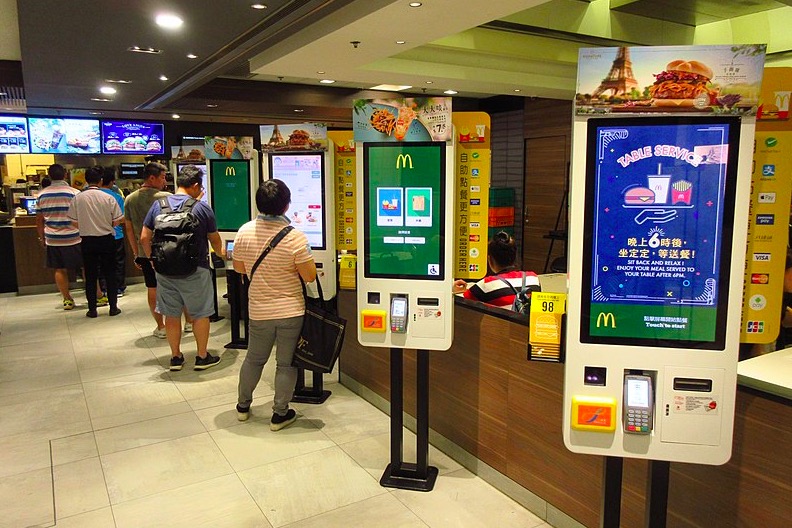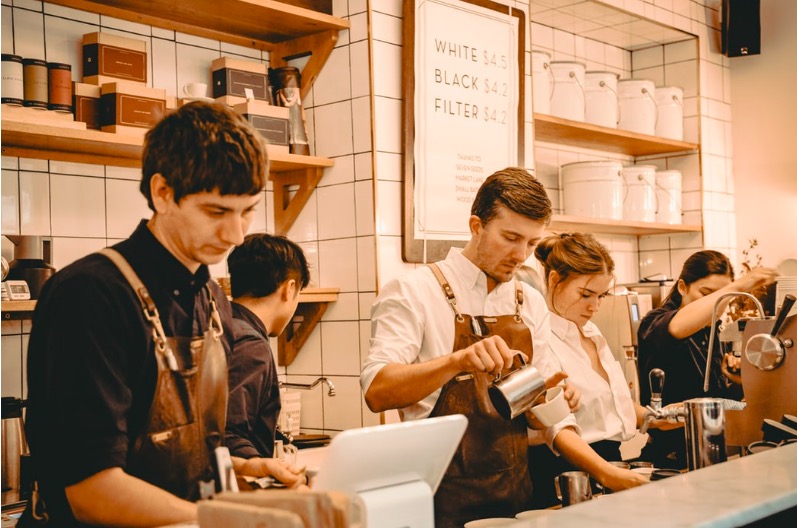Rising Employee Costs Lead to Tech-heavy Restaurant Trends
As worker costs rise, many franchises are turning to tech as a solution

This year, according to the U.S Department of Labor, [1] "American workers have logged the highest pay increase in a decade since September 2008." Demand for employees that stay long-term is high and the minimum wage amount is up. While this is certainly not a negative thing in light of what F&B workers need to live rich and fulfilling lives, it certainly cuts into the bottom line of F&B business owners. With margins getting tighter, here are a few of the technology trends that are being employed specifically to help business stay afloat amid a flood of rising costs.

Rather than eliminate the need for staff entirely, technology is used in tandem with existing staff to boost efficiency and increase turnover. Self-service Kiosks are mainly becoming popular among quick-serve restaurants with restaurant giants like Shake Shack and McDonald's adopting this new technology into their sales strategy. Self-serve Kiosks can run targeted adverts, accept multiple forms of payment and can send orders directly to the kitchen without human error playing a factor. This reduces the need for as many floor staff, and cuts down the time between placing an order and sending it off to the kitchen. If your POS system is the best fit for your business, it will easily be able to integrate with Self-service Kiosk options on the market, or even provide a Self-serve module of its own.

Staff Management and Performance Tracking
If your business is one that values a human touch a bit more than going for a digital approach, use your POS system to track your staff performance. You will be able to see how much time your staff work for, what percentage of sales they bring in, which shift times draw in the least and most amount of sales, etc. This sort of data can help you streamline your business' staff operations and make sure that your best staff are working at the busiest times. With the right POS system, you will easily have access to all this valuable staff data right at your fingertips. Using said data, you can also opt to reduce staff numbers when your business sees dips in activity and employ more staff, instead, when customers are streaming through the door.

These types of restaurants have no frontage for patrons to dine in. Instead, they rely on a model that solely depends on delivery and a kitchen. Chefs create meals for delivery orders that are placed online, and either through third-party delivery services, or hired delivery drivers, the food is sent directly to the customer. Without the need to hire wait staff, pay rent for a dining space and own parking spaces, costs are slashed and kitchen staff can be paid more, instead. With the rise in demand for delivered food, ghost restaurants could become a major trend, especially with the right POS system to enhance the experience.

[1]https://table.skift.com/2019/01/17/restaurants-megatrends-2019-labor-crunch-determines-in-restaurant-changes/